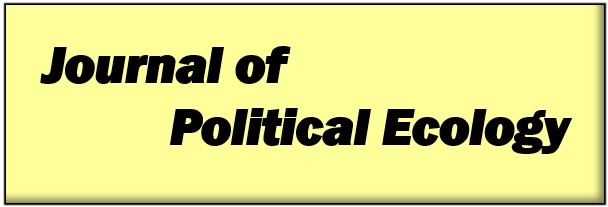Abstract
During the peak of its operation, Century mine, in Australia's western Queensland, was the third largest lead, zinc and silver mine in the world. The mine has had a turbulent history. It was resisted by the indigenous Traditional Owners, and then an uneasy truce followed, with an unprecedented agreement struck between the (then) company, the state government and Traditional Owners. Over a period of only 16 years the mine has been owned by 6 different companies, each with different approaches to working with Traditional Owners. This article will focus on the most recent period from the perspective of the current Chair of the Waanyi Native Title Proscribed Body Corporate (PBC), Alec Doomadgee. This recent period includes a declaration of 'closure' by MMG (Minerals and Metals Group) Corporation, with promises made that Traditional Owner businesses would have opportunities for mine-site rehabilitation. This was quickly followed by the purchase of the operation by another company, who renamed it New Century. The business model of this new junior company – which focuses on re-mining tailings and also rehabilitation – seems to directly compete with Waanyi PBC interests, while mine expansion is also planned. There has been an increase in conflict and rivalry during this latest period, with disputes and lateral violence amongst Traditional Owner groups.
Keywords: Native Title, Waanyi, lateral violence, disputation, mine closure
How to Cite:
Doomadgee, A. & Holcombe, S. E., (2025) “"What does Closure even mean?" at Century Mine: Multiple companies, mine closure trajectories and disputation”, Journal of Political Ecology 32(1): 6200. doi: https://doi.org/10.2458/jpe.6200
Downloads:
Download PDF
View PDF
Funding
- Name
- BHP Foundation, Landesa/RESOLVE/Conservation International/University of Queensland
2682 Views
779 Downloads

